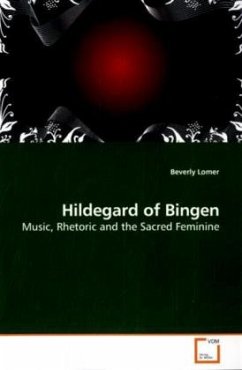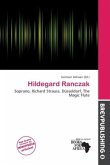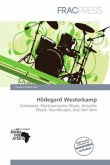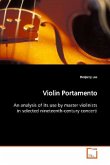Though the music of twelfth century nun composer, Hildegard of Bingen, has intrigued singers, musicologists and audiences since its modern rediscovery, the full implications of its innovative style have yet to be thoroughly investigated. This study aims to demonstrate that the original features of Hildegard s compositions represent a carefully designed concordance between melody and words that accords with the application of rhetorical procedures to music centuries in advance of an articulated concept of musical rhetoric. It examines images of the feminine and feminine divine in Hildegard s songs to Mary. In this repertory, Mary is portrayed as the archetypal Sacred Woman and active agent in the Redemption. The feminine is celebrated as the epitome of creation and the mirror of divine beauty in ways that resonate with the ancient goddess tradition. The analysis should be interesting to musicologists and performers, as well as to scholars in women s and gender studies.
Bitte wählen Sie Ihr Anliegen aus.
Rechnungen
Retourenschein anfordern
Bestellstatus
Storno








